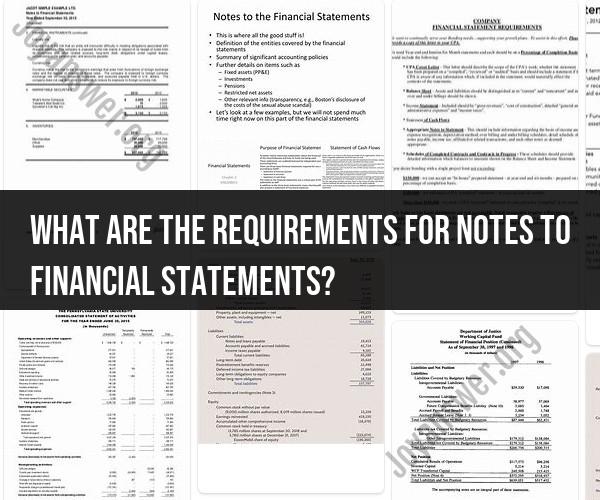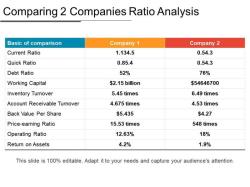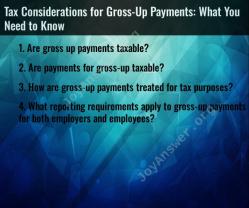What are the requirements for notes to financial statements?
The notes to financial statements, often referred to as financial statement footnotes or simply notes, are an integral part of a set of financial statements. These notes provide additional information and details that are necessary for a complete understanding of a company's financial performance and financial position. The requirements for notes to financial statements can vary depending on the accounting standards used (such as Generally Accepted Accounting Principles or International Financial Reporting Standards) and the specific circumstances of the reporting entity. However, here are some common requirements and guidelines for notes to financial statements:
Summary of Significant Accounting Policies: This note should describe the accounting principles and methods applied in preparing the financial statements. It explains key judgments and estimates used in the financial reporting process.
Basis of Presentation: This note outlines how the financial statements are organized and presented, including the currency used and any changes in accounting standards.
Summary of Significant Accounting Changes: If there have been any significant changes in accounting methods or policies during the reporting period, these should be disclosed and explained in the notes.
Cash and Cash Equivalents: This note provides details about cash and cash equivalents held by the company, including their nature and restrictions on use.
Accounts Receivable: Information about accounts receivable, such as their aging, allowance for doubtful accounts, and any significant concentrations of credit risk.
Inventories: Details on the accounting method used for valuing inventory (e.g., FIFO, LIFO, or weighted average), as well as any impairments or adjustments.
Property, Plant, and Equipment: Information about the company's tangible assets, including depreciation methods and any impairments or disposals.
Intangible Assets: Details on intangible assets like patents, trademarks, and goodwill, including amortization methods and impairment testing.
Long-Term Liabilities: Explanation of long-term debt and other obligations, including interest rates, maturity dates, and any covenants.
Income Taxes: Information on income tax expense, deferred tax assets and liabilities, and any significant tax-related matters.
Related Party Transactions: Disclosure of any transactions between the company and its related parties (e.g., key management personnel, affiliates, and entities under common control).
Contingencies and Commitments: Details about pending litigation, warranties, and other contingencies that may affect the financial position of the company.
Segment Reporting: If the company operates in multiple business segments, information about each segment's performance and risks.
Subsequent Events: Disclosure of significant events or transactions occurring after the balance sheet date but before the financial statements are issued.
Earnings per Share: If applicable, information on the calculation of earnings per share, including any dilutive securities.
These are some of the common requirements for notes to financial statements. However, the specific content and format of these notes can vary based on regulatory requirements and the nature of the reporting entity's business. It's essential for organizations to adhere to the accounting standards relevant to them and work with their auditors or accounting professionals to ensure compliance and accurate reporting.












